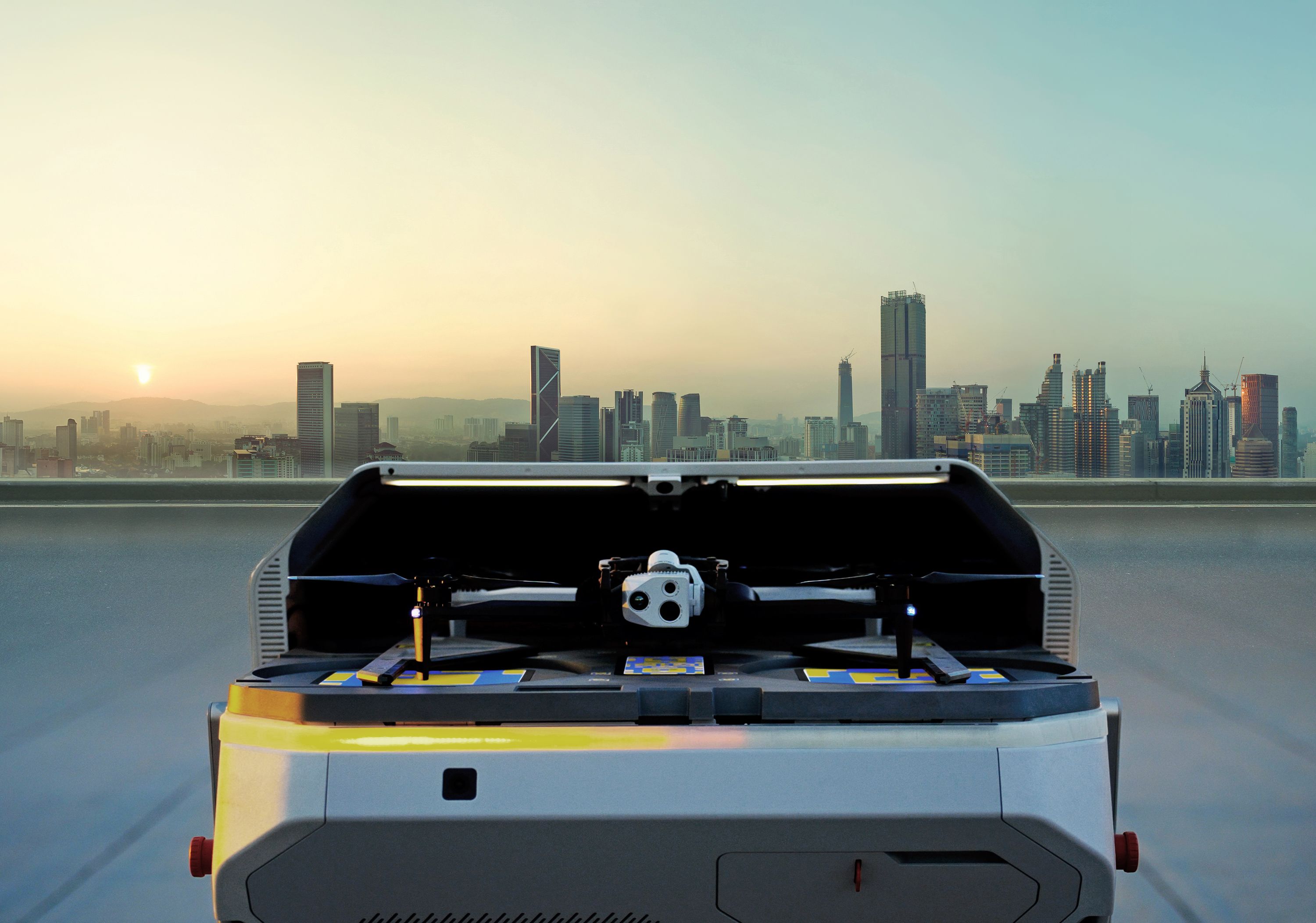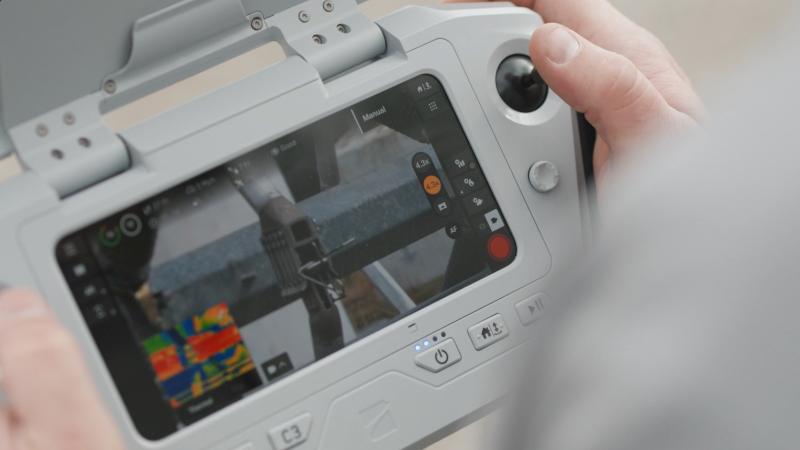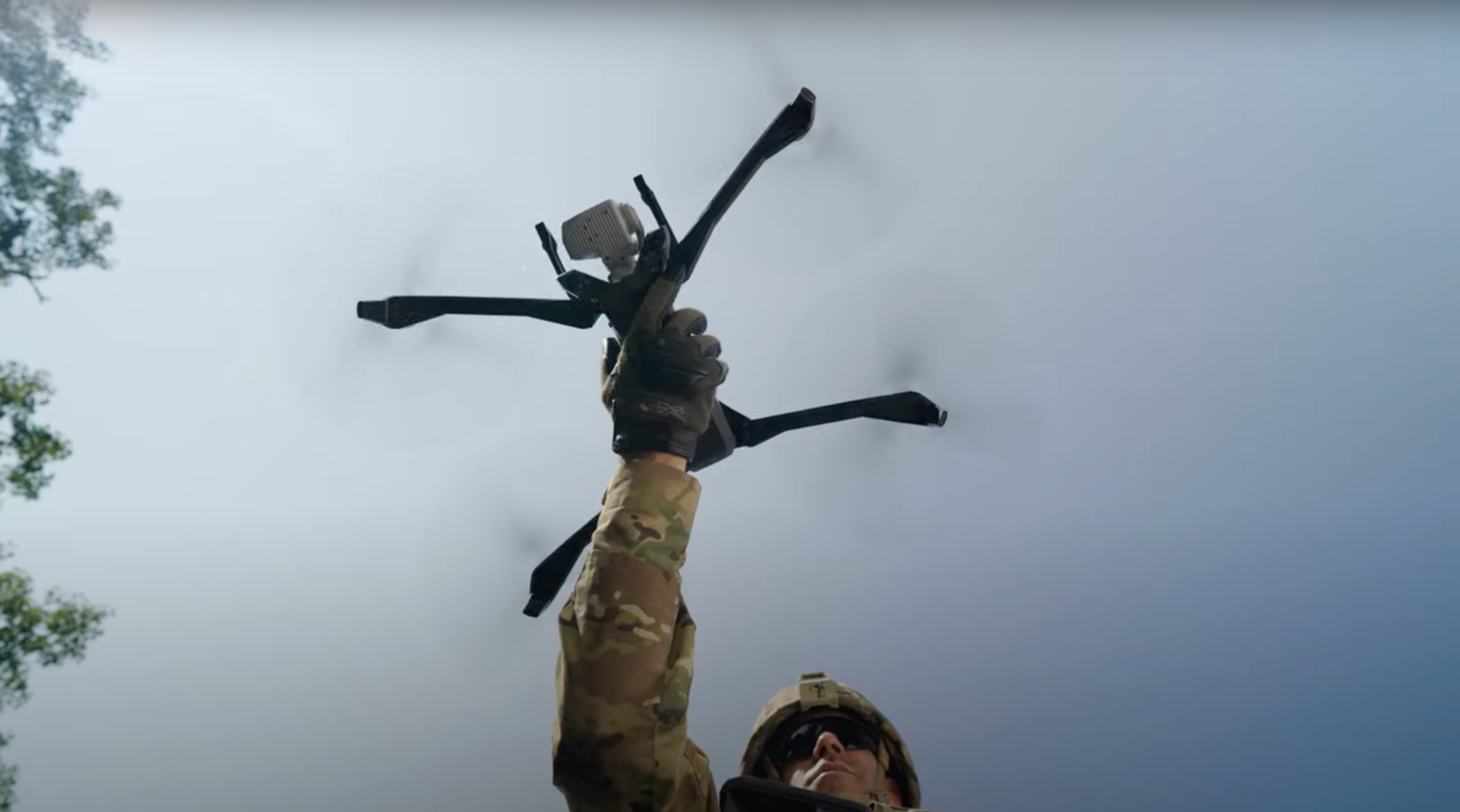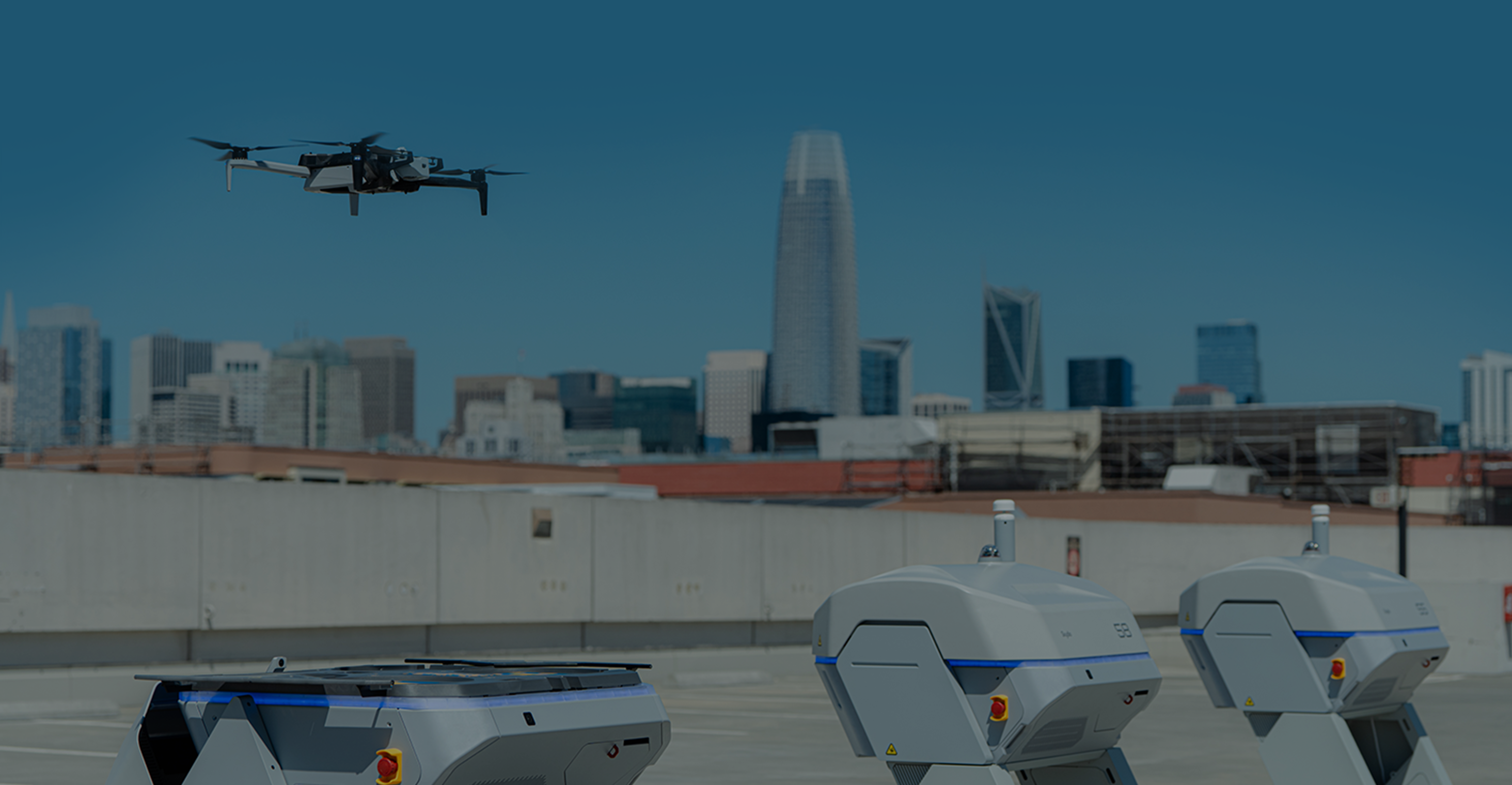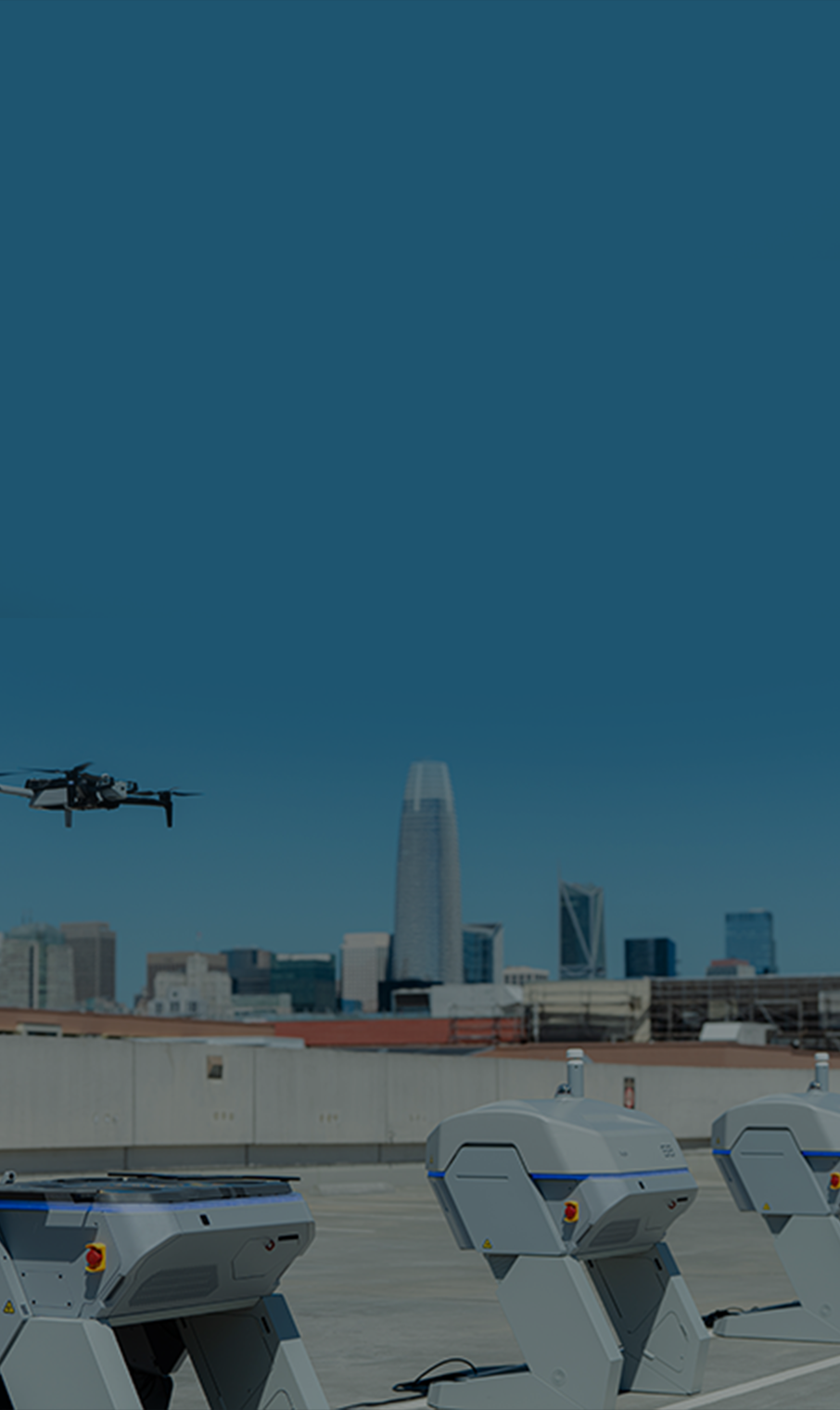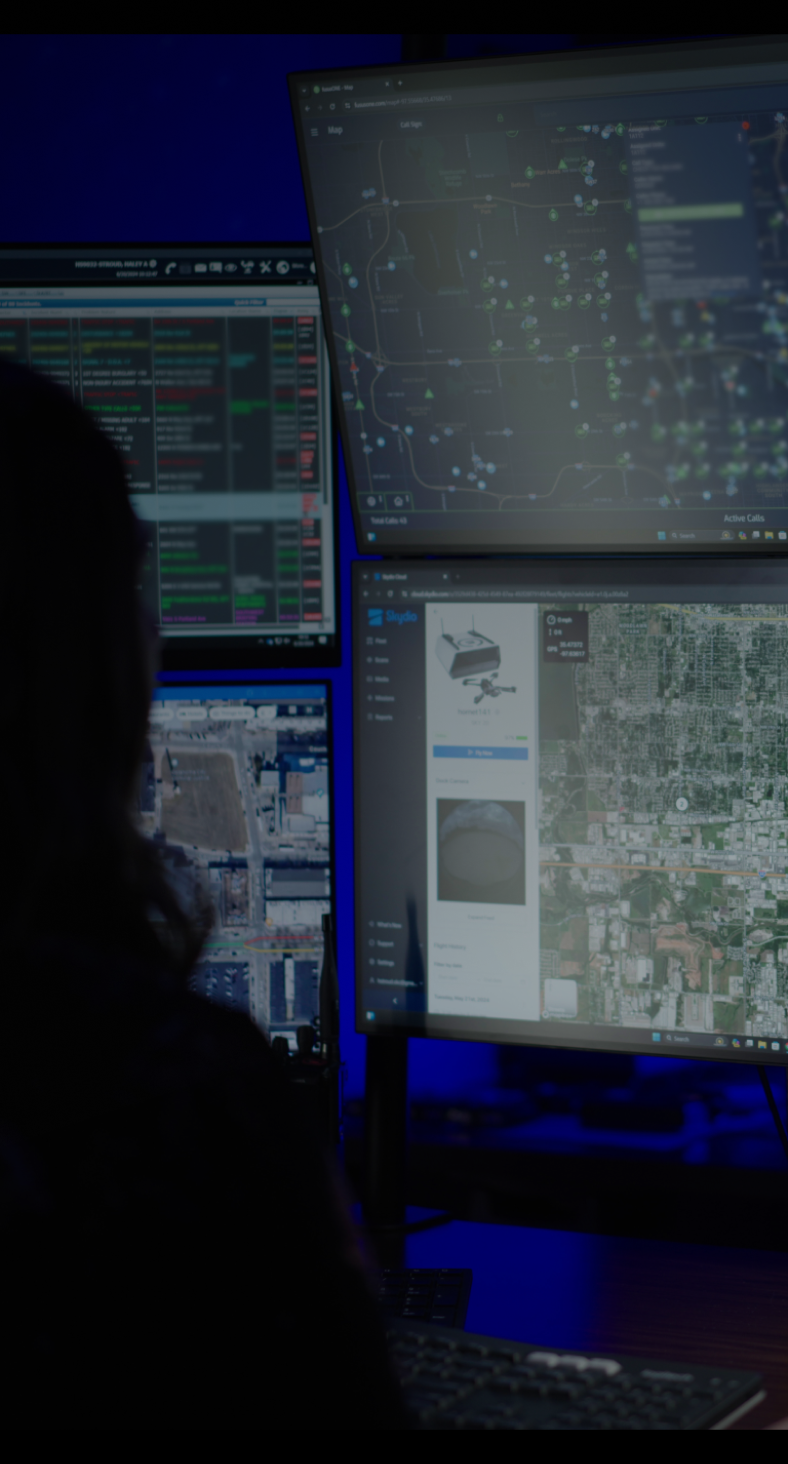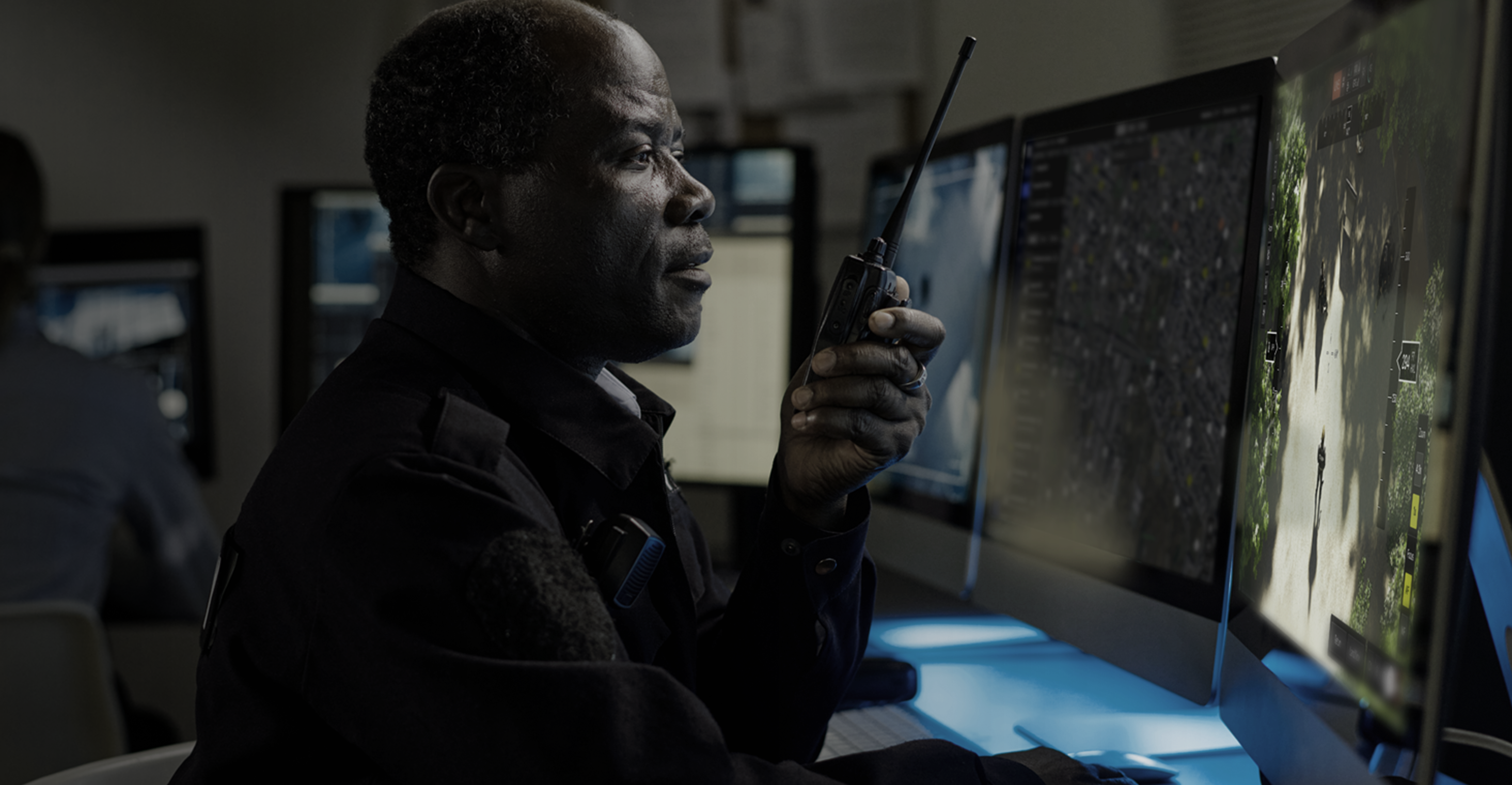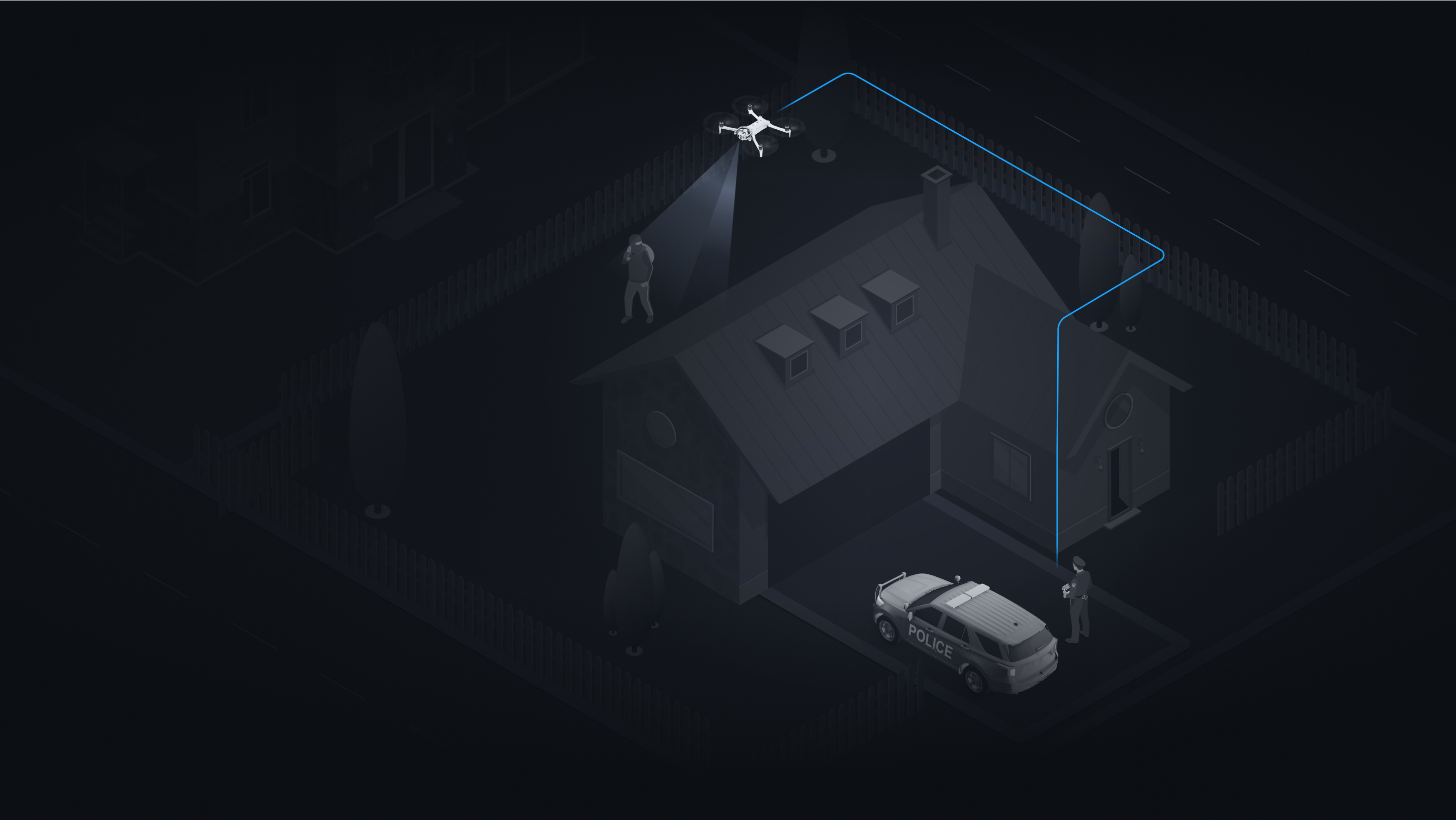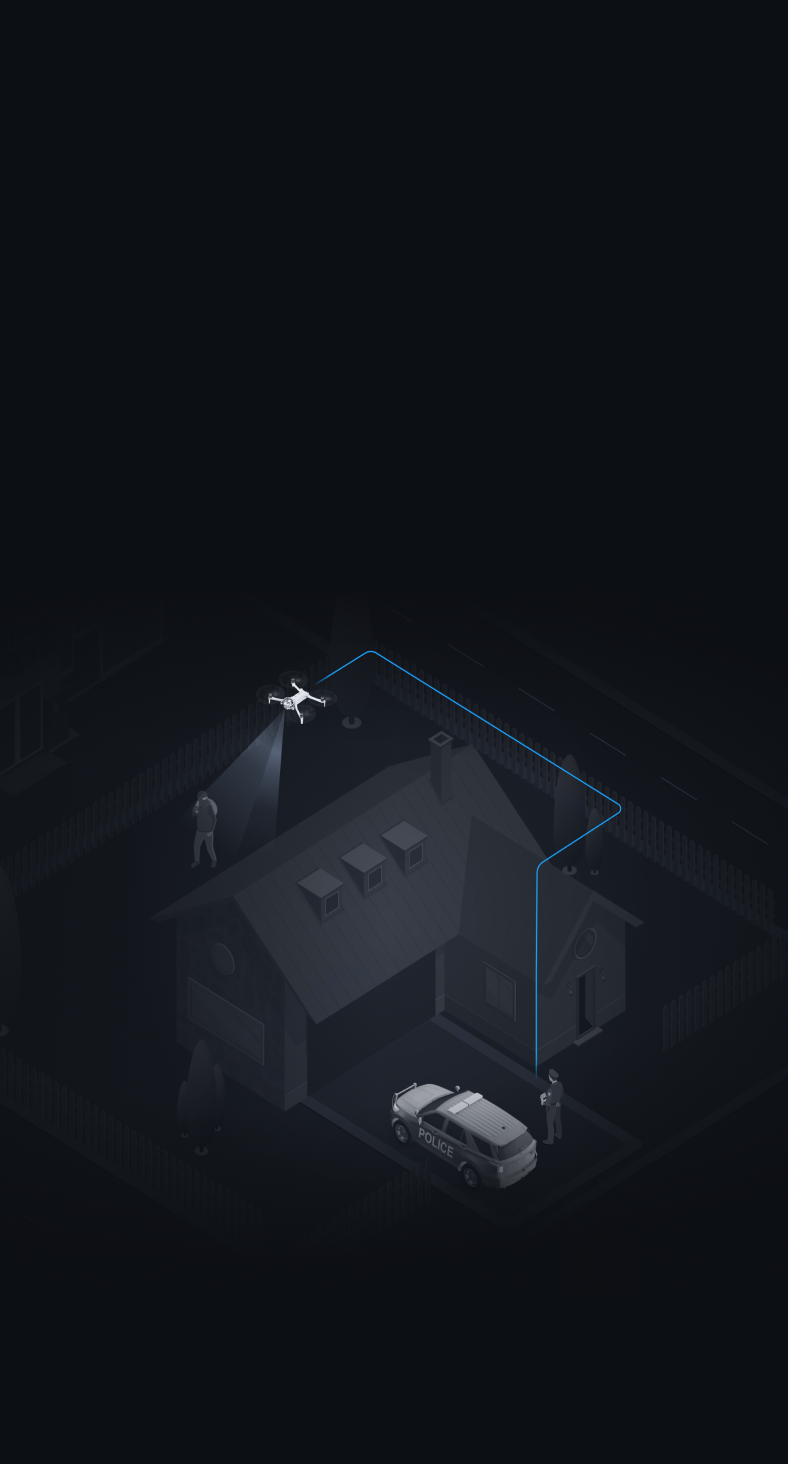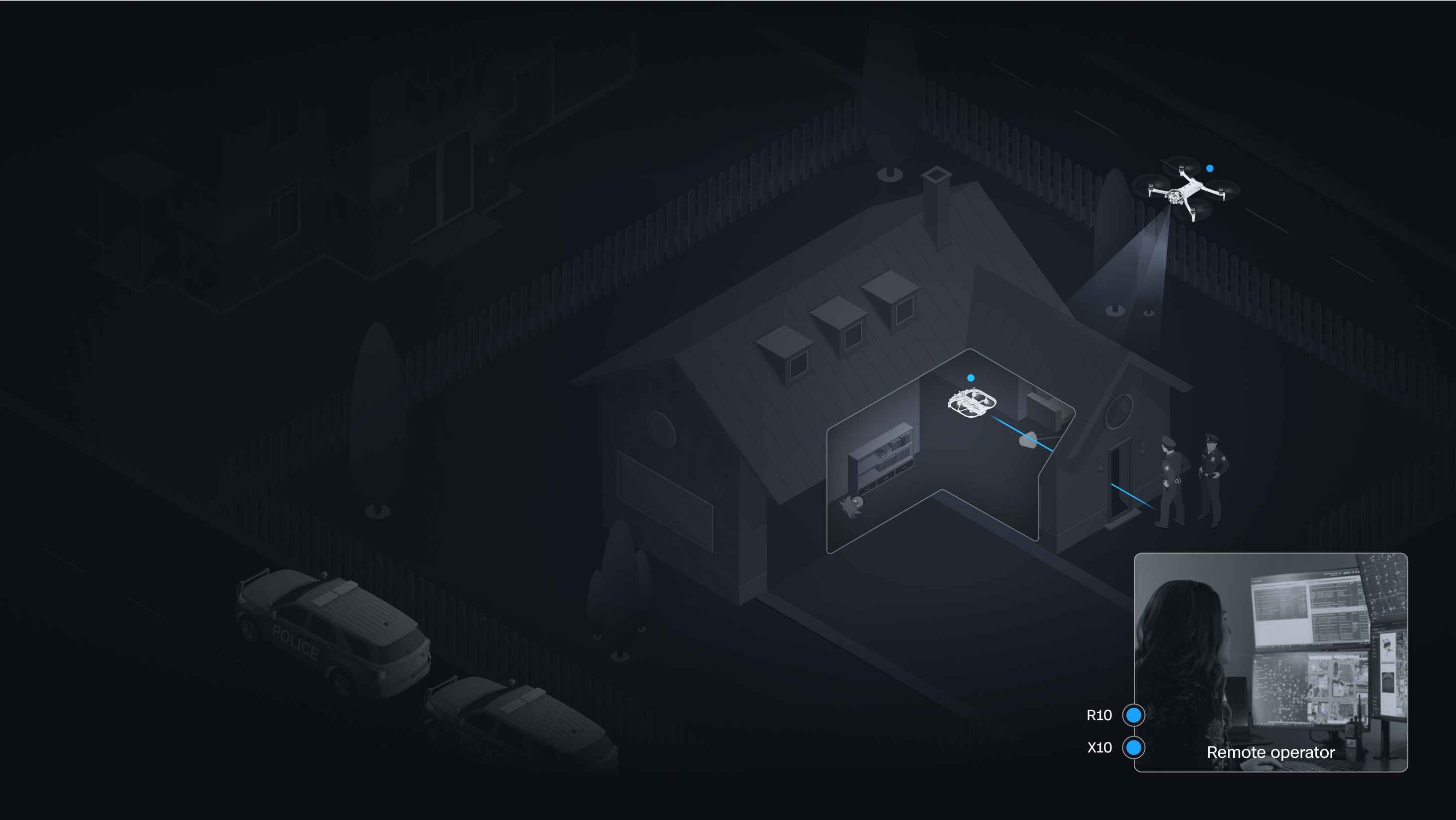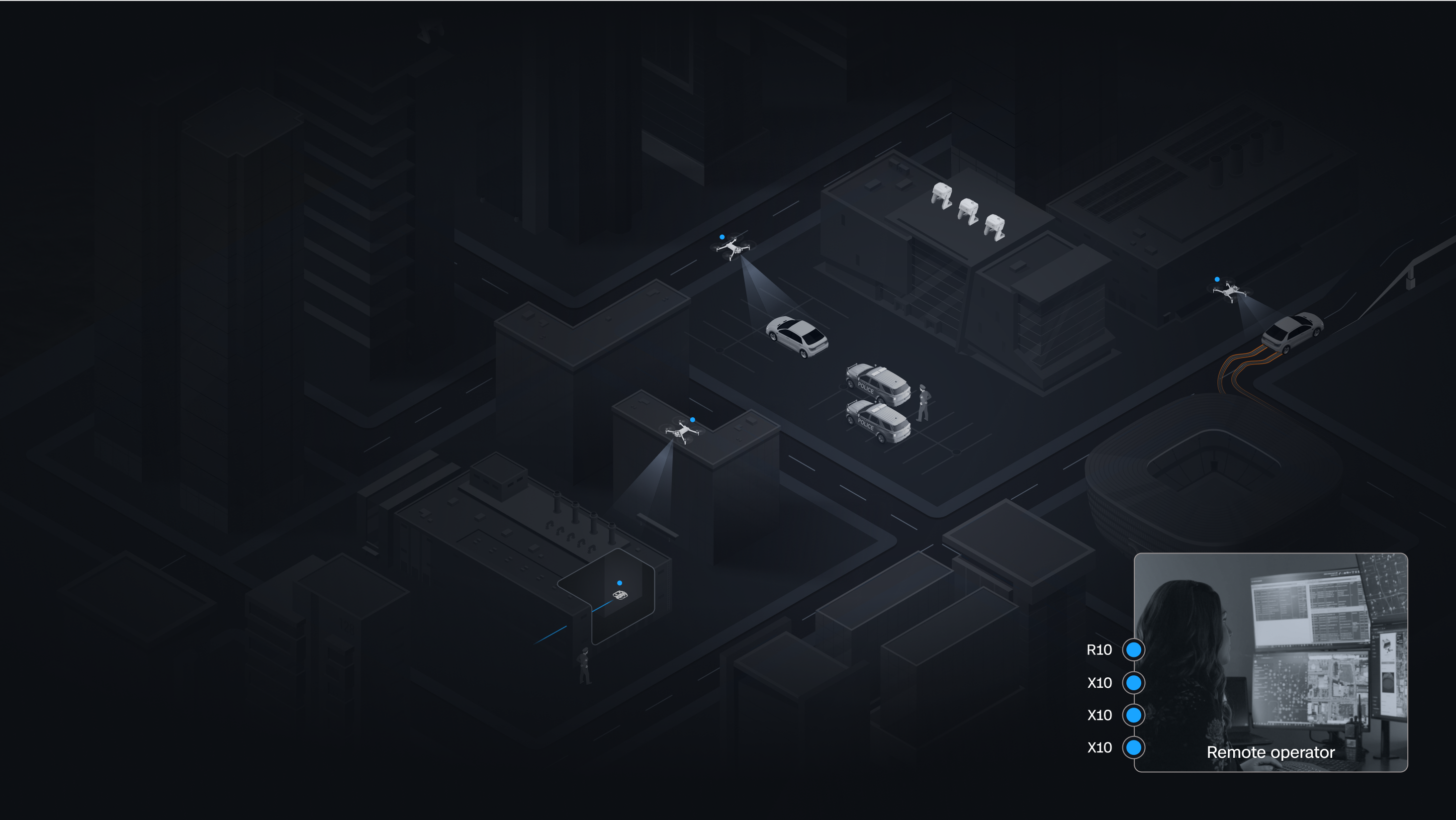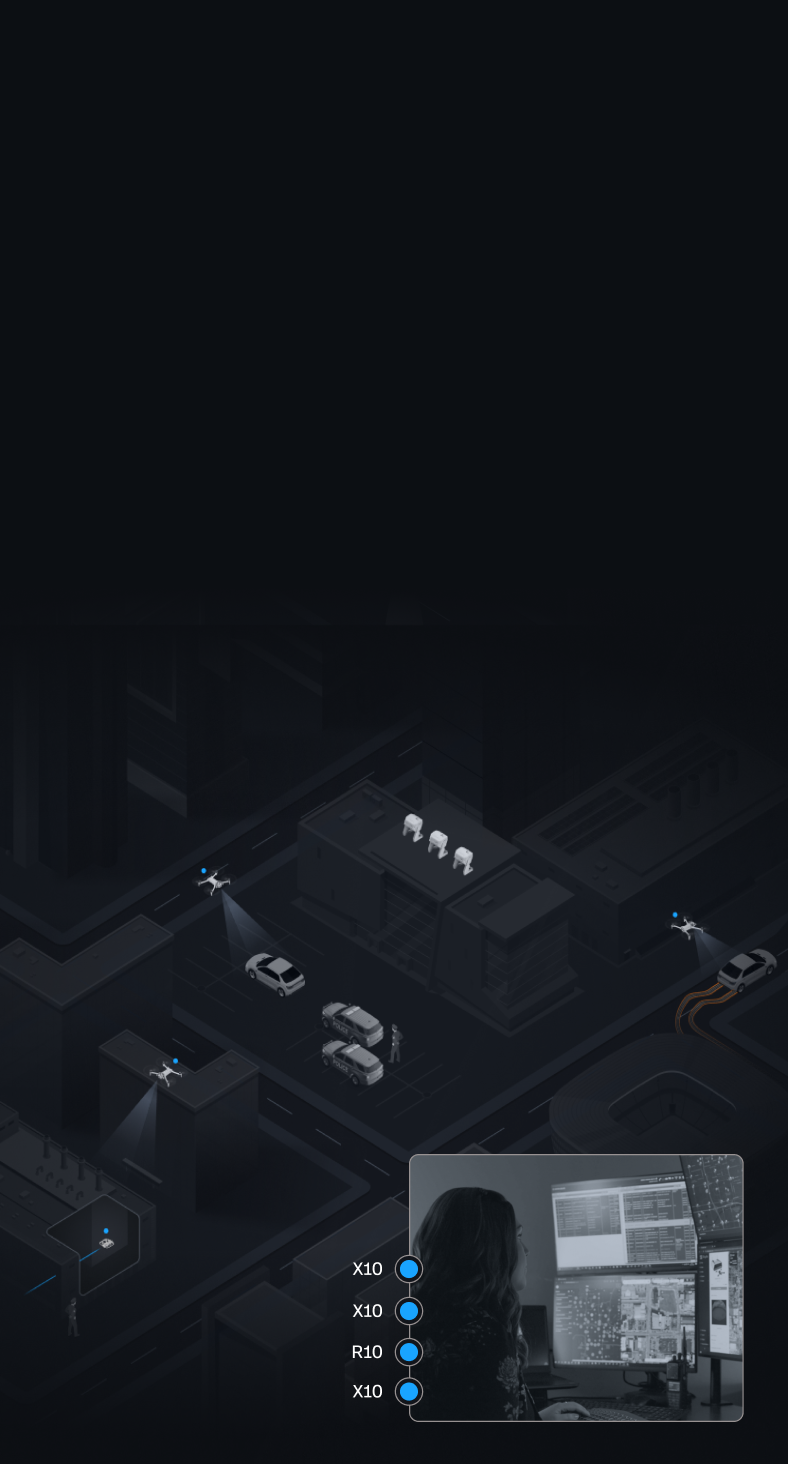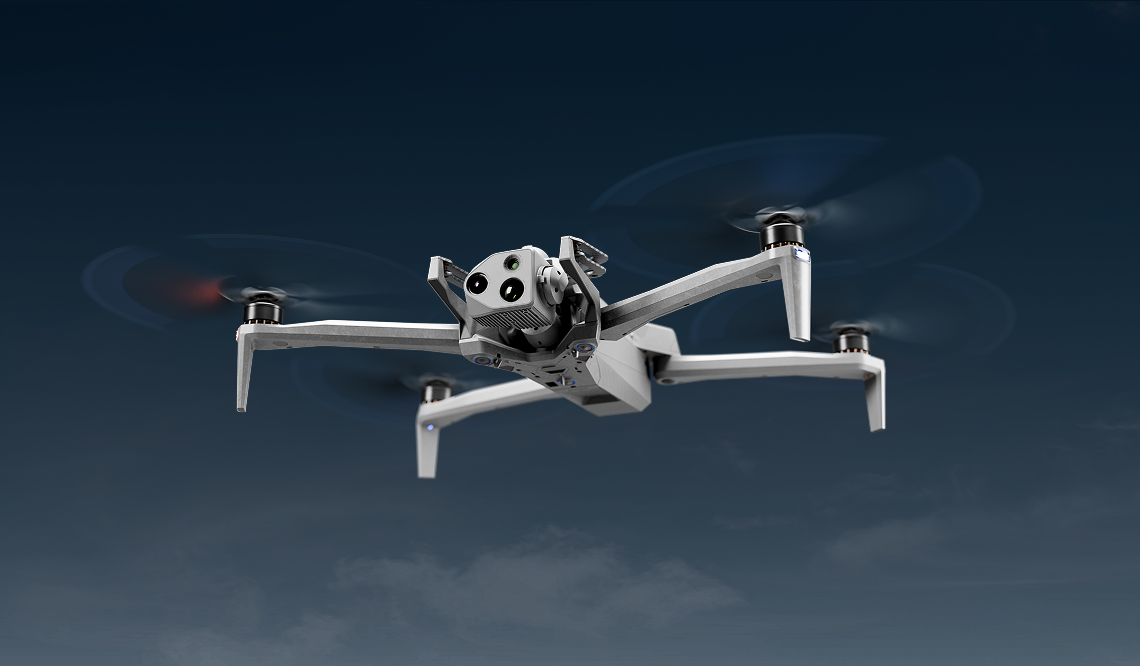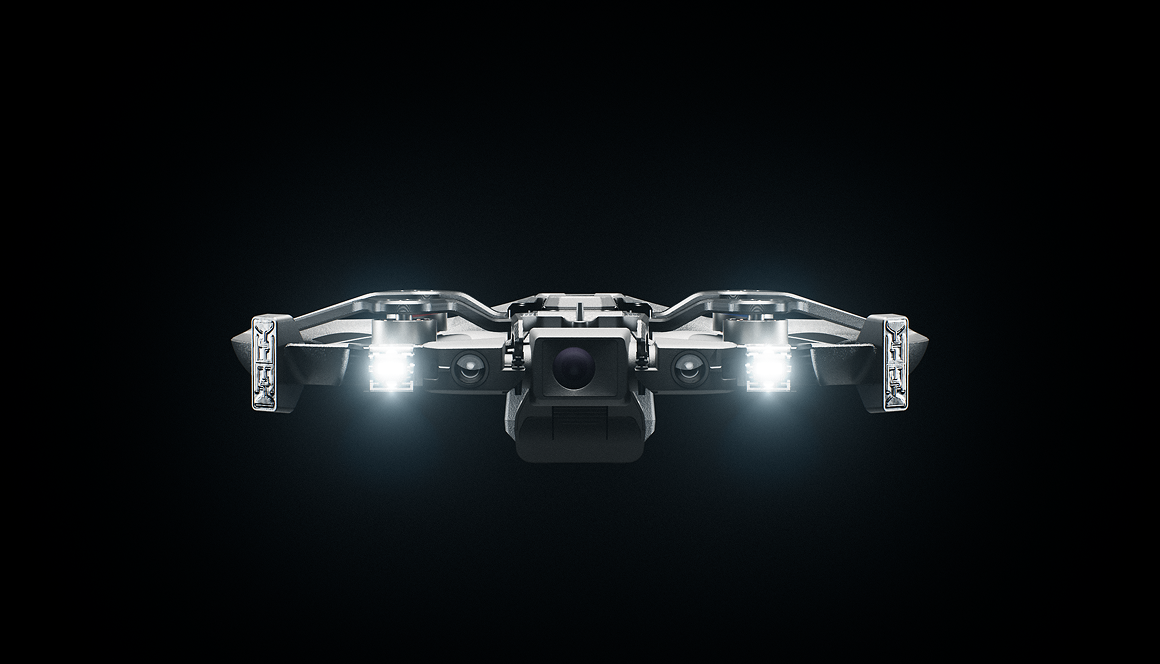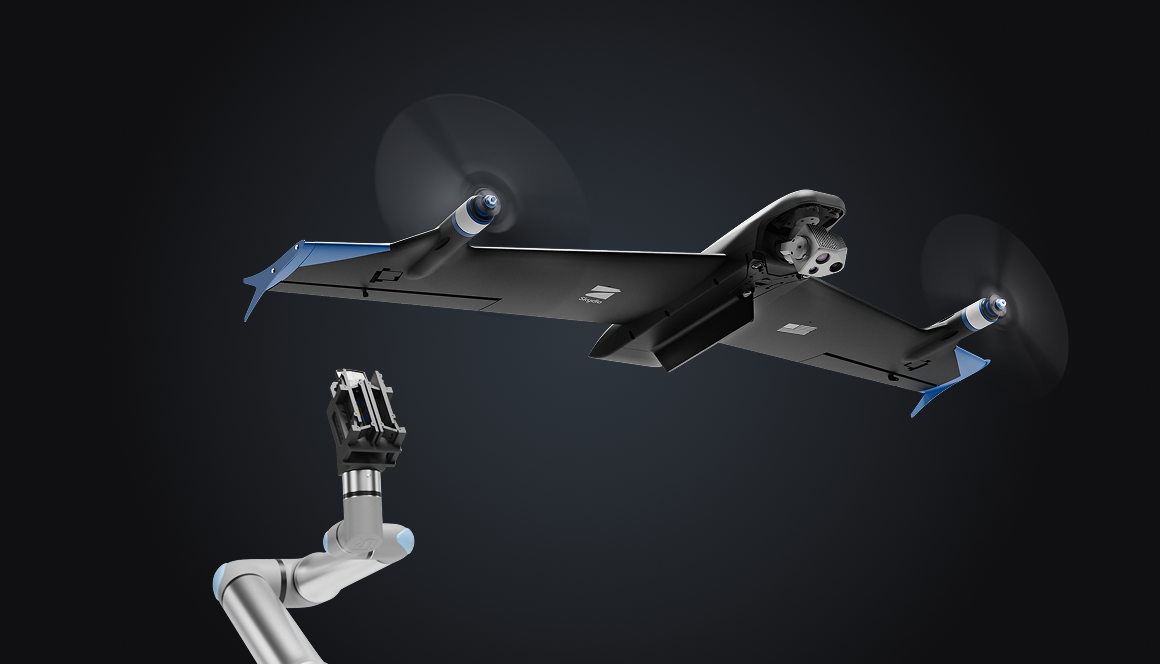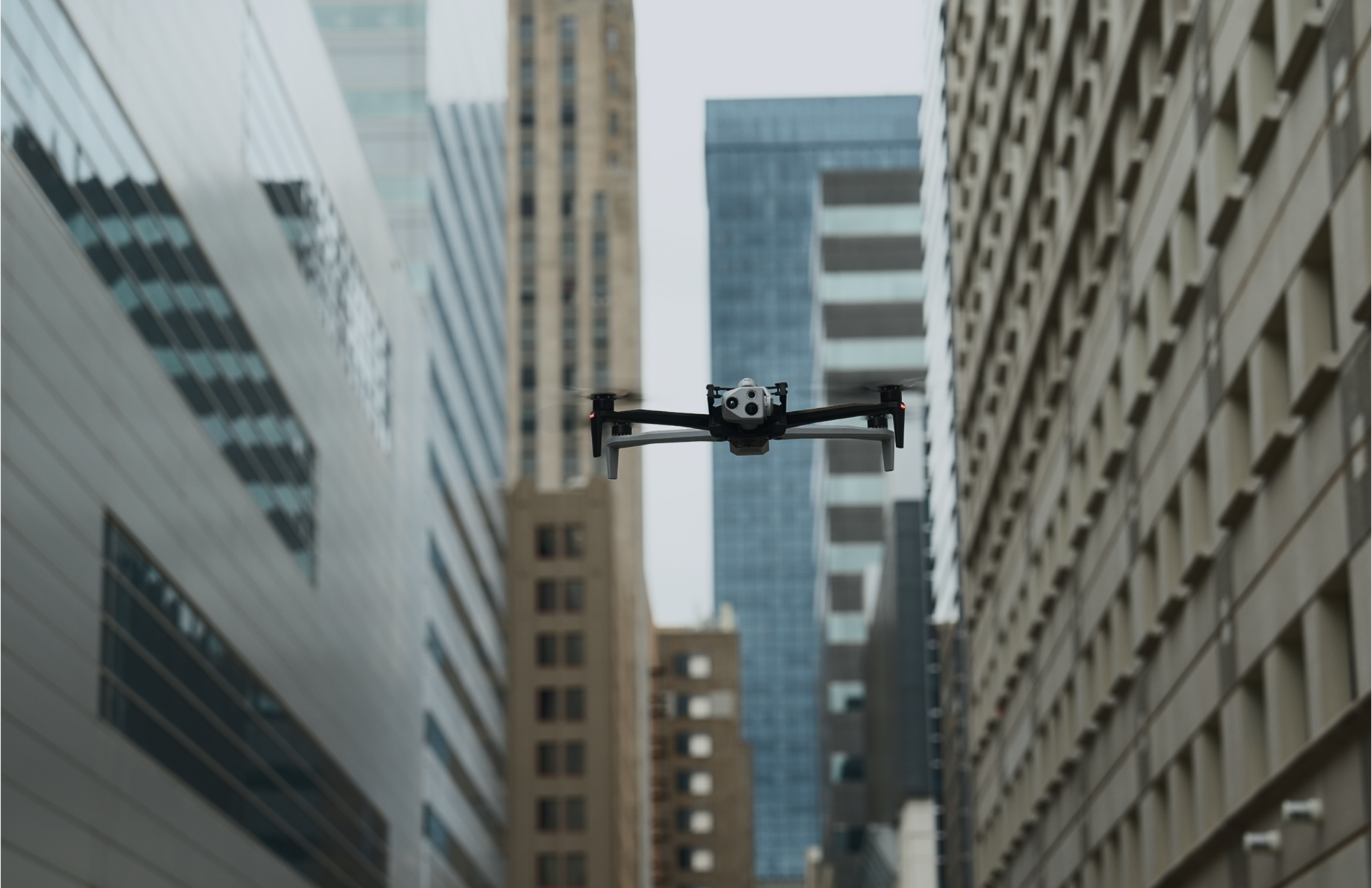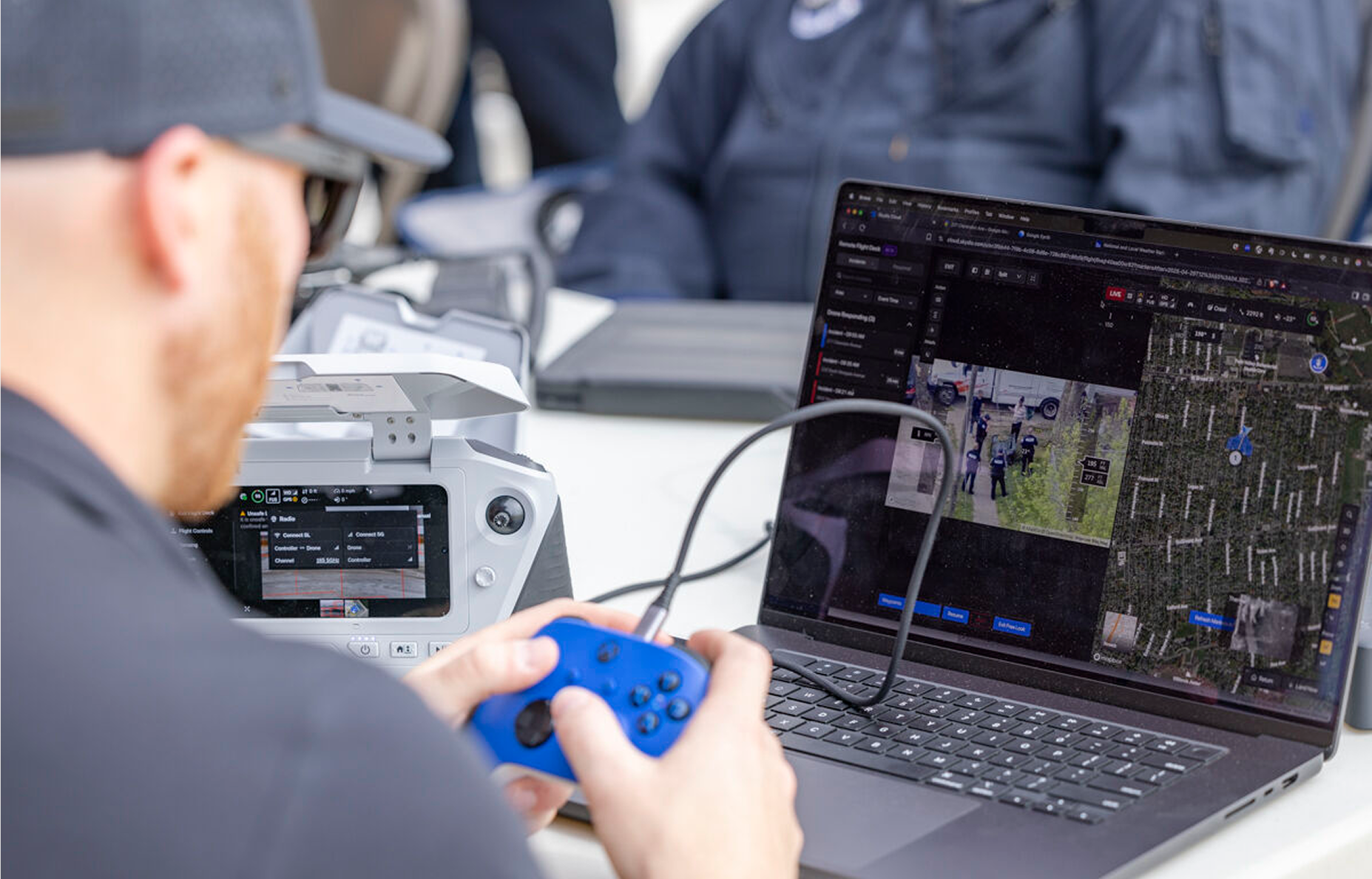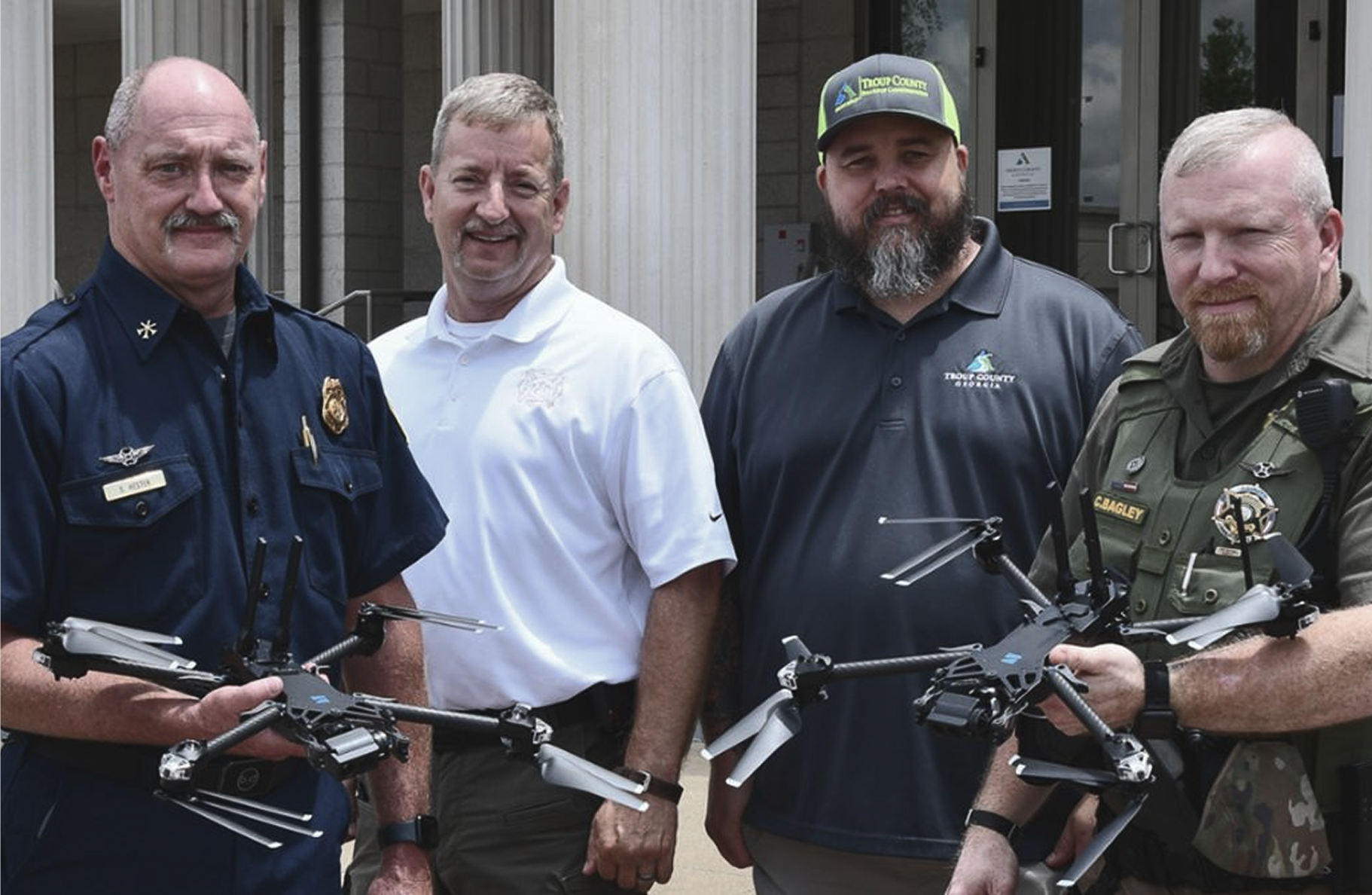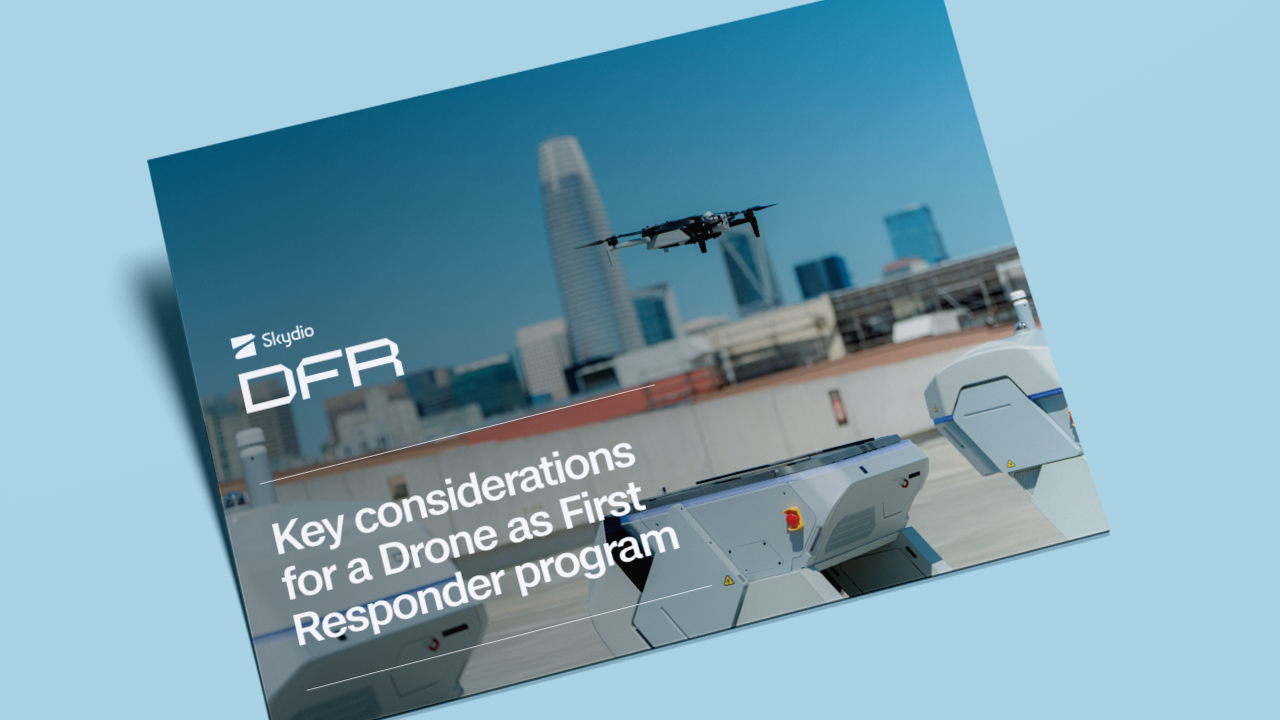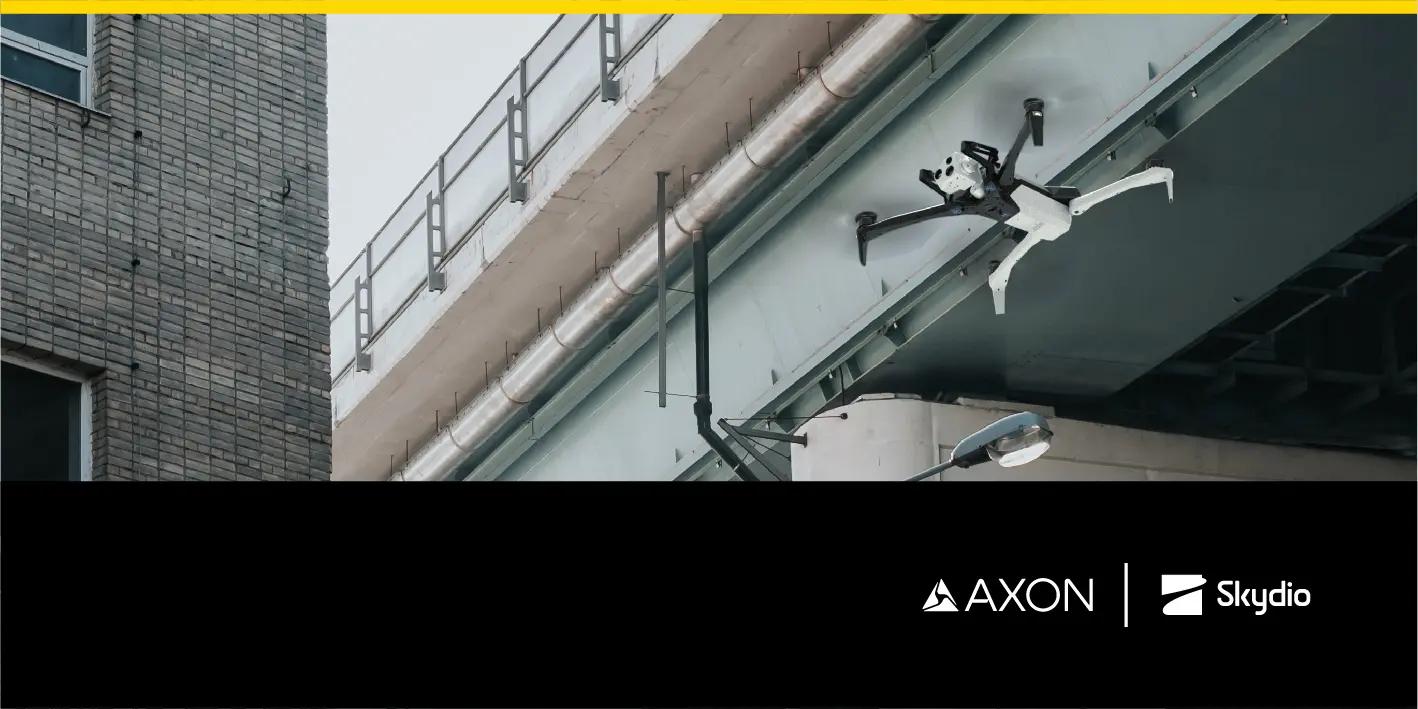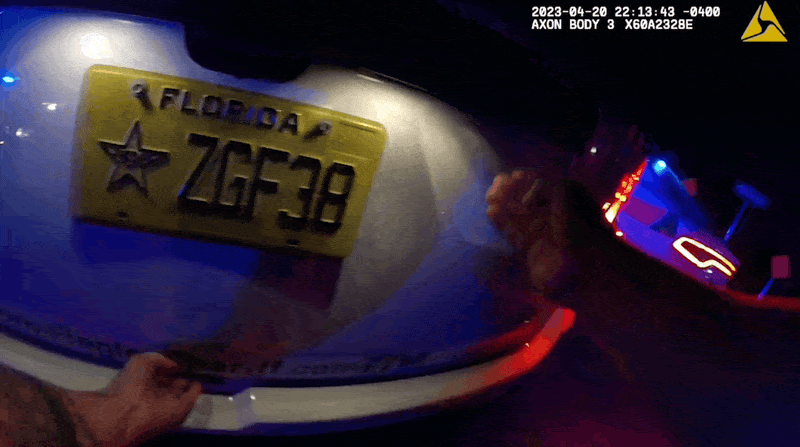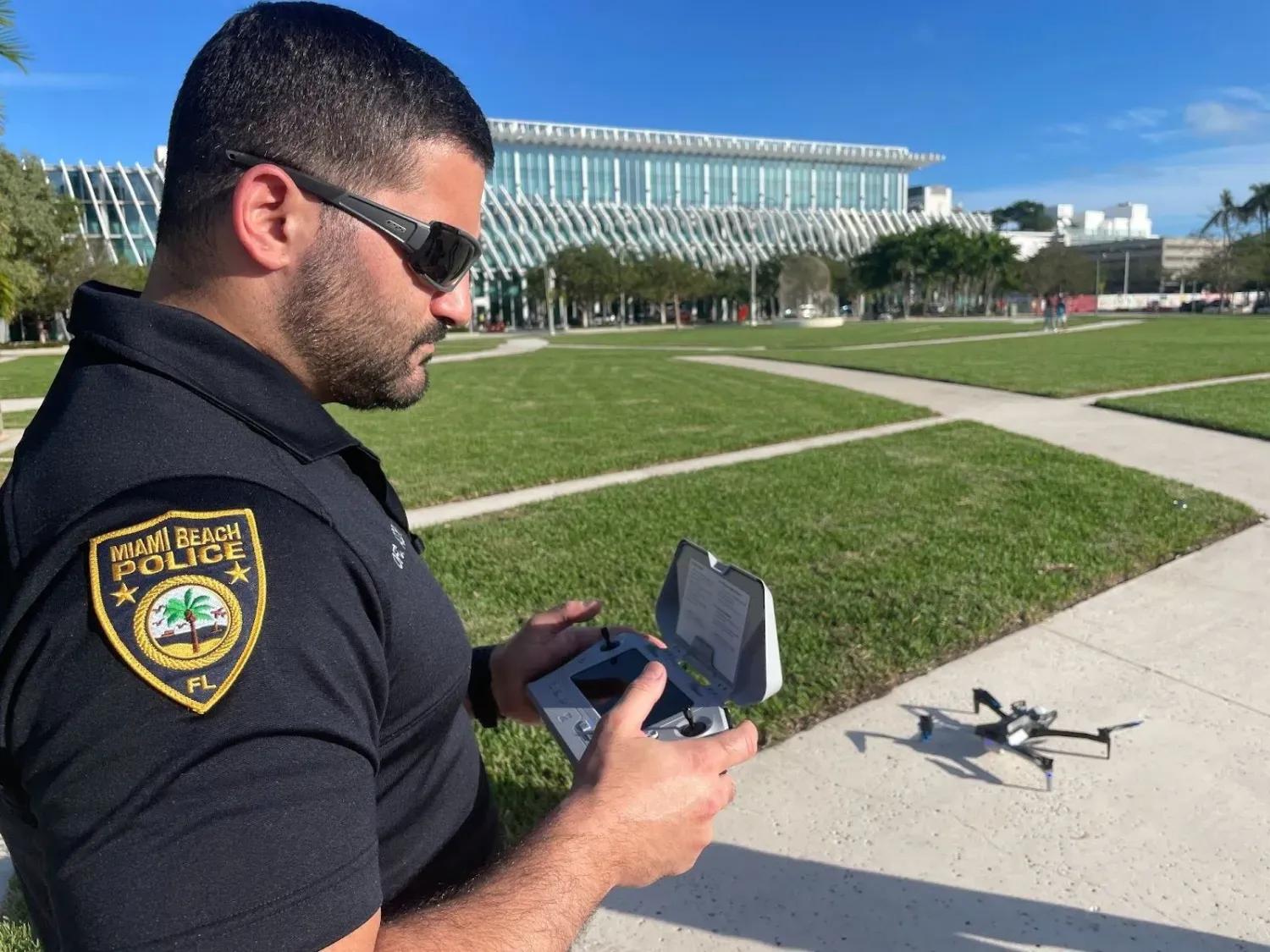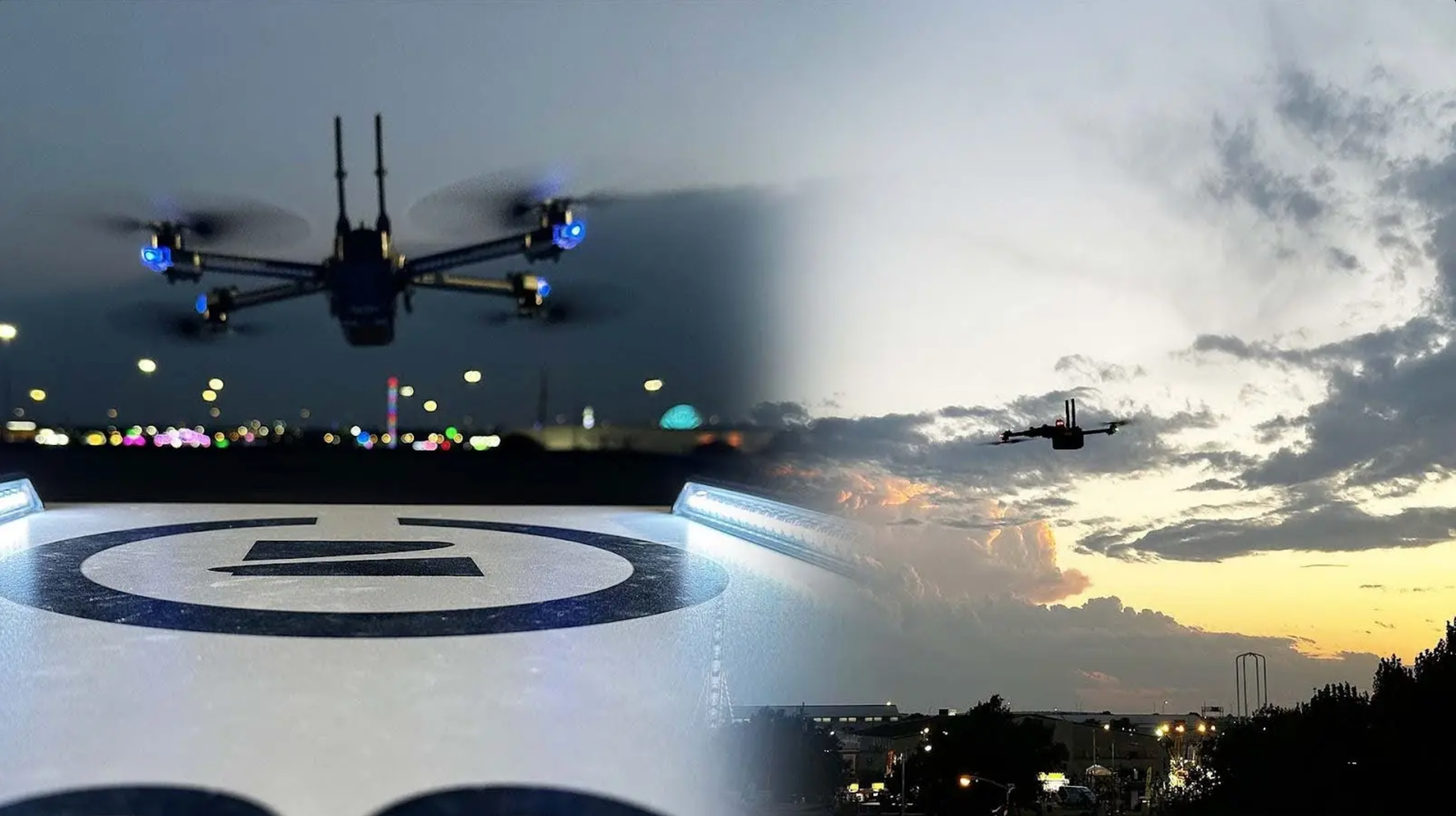No matter what neighborhood you live in, no matter what area, if there is a violent crime, if there is a major incident threatening our community members, we have this capability to be able to respond quickly, deploy these types of assets, and help enhance the safety in that area.
When lives are on the line, get Skydio in the air.
Give officers every advantage with a Drone as First Responder (DFR) program.
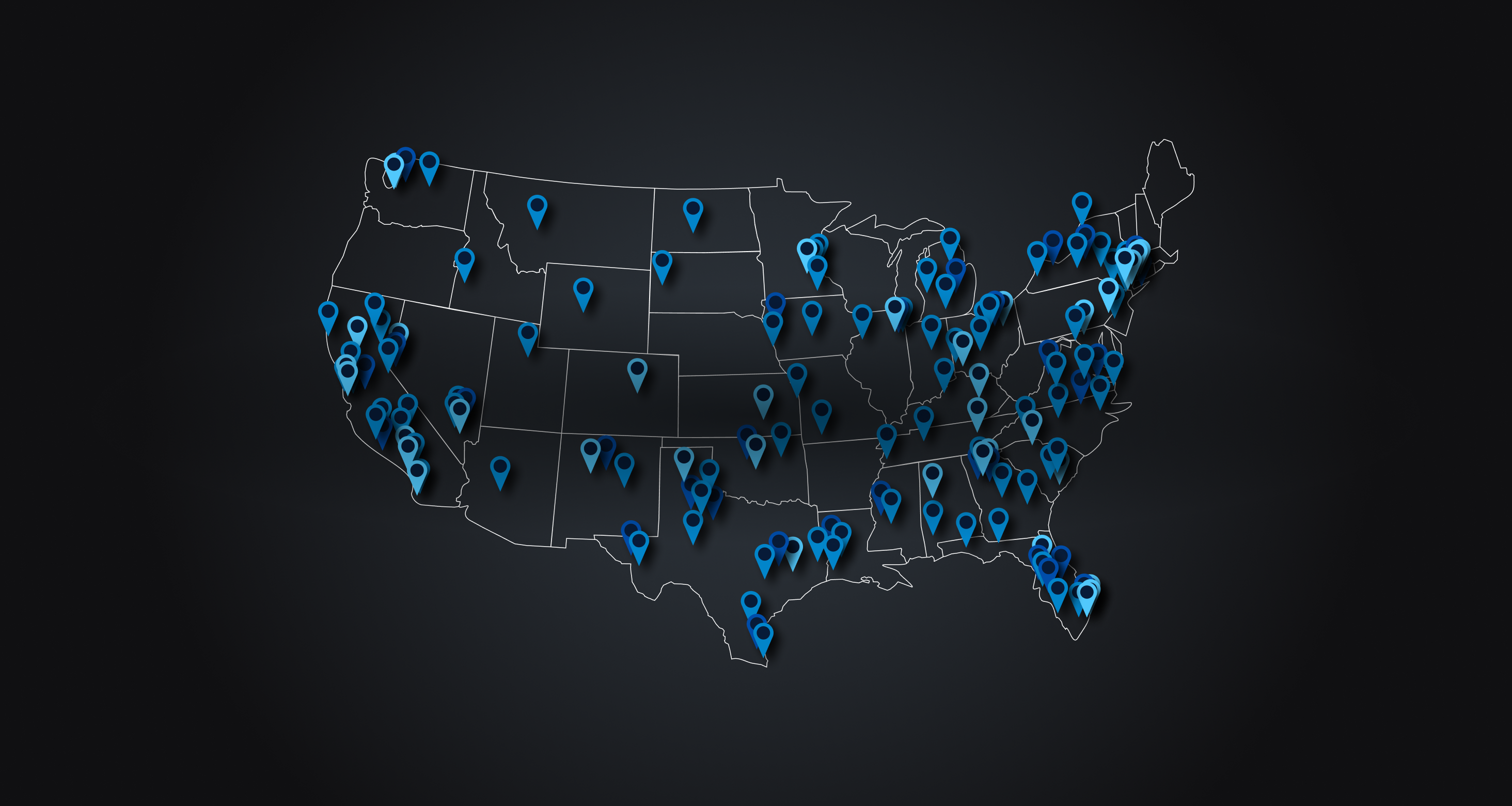
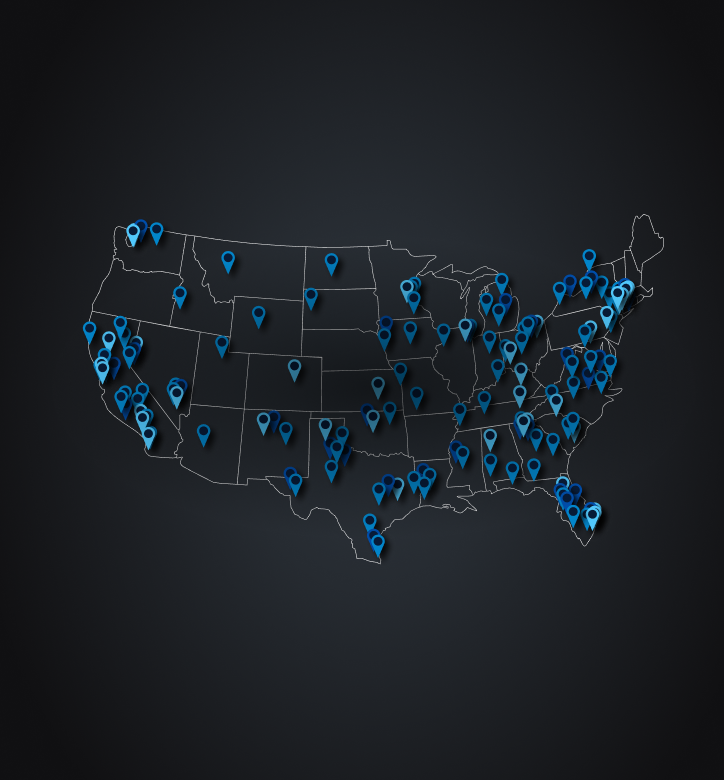
More than 900 agencies make an immediate impact with Skydio.


DFR: A force multiplier for your agency.
Respond to calls in seconds, day or night. Provide live aerial intelligence to officers and your Real-Time Crime Center (RTCC), or clear calls without sending an officer. Skydio DFR multiplies your impact—delivering new levels of speed, safety, and efficiency.
Deploy DFR your way.
No two agencies are alike, but every team deserves faster, safer response. Skydio DFR offers flexible deployment models that fit your mission, staffing and community needs.
THIS PRODUCT OR SERVICE HAS NOT BEEN APPROVED OR ENDORSED BY ANY GOVERNMENTAL AGENCY, AND THIS OFFER IS NOT BEING MADE BY AN AGENCY OF THE GOVERNMENT.
A family of flying robots, working together on one common platform.
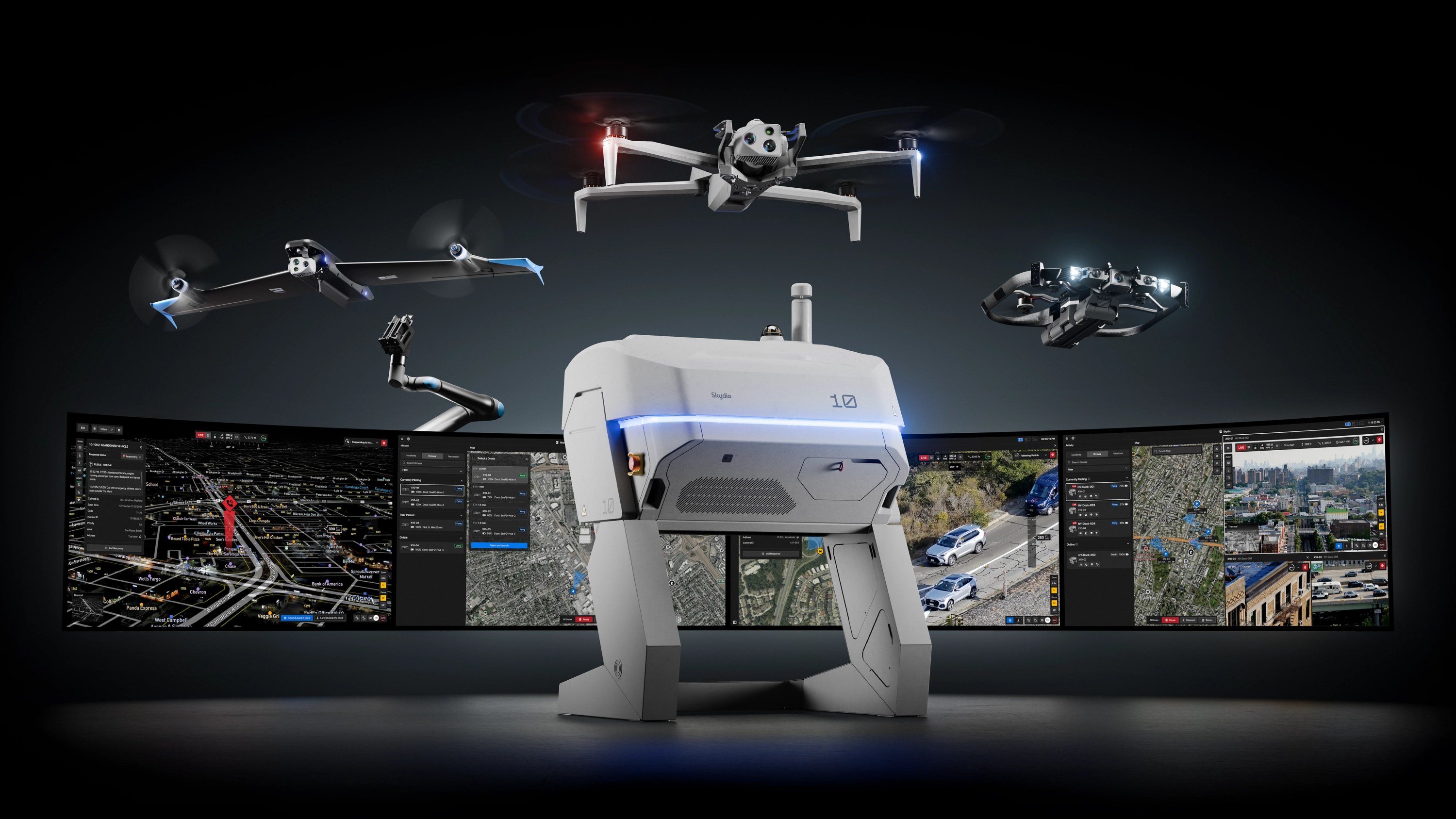
Skydio Dock for X10
Dock makes DFR persistent. Strategically placed Dock hives keep X10s ready in the right locations. Connected to CAD and NG911 through DFR Command, operators launch the nearest drone instantly for faster response, broader coverage, and 24/7 operations.
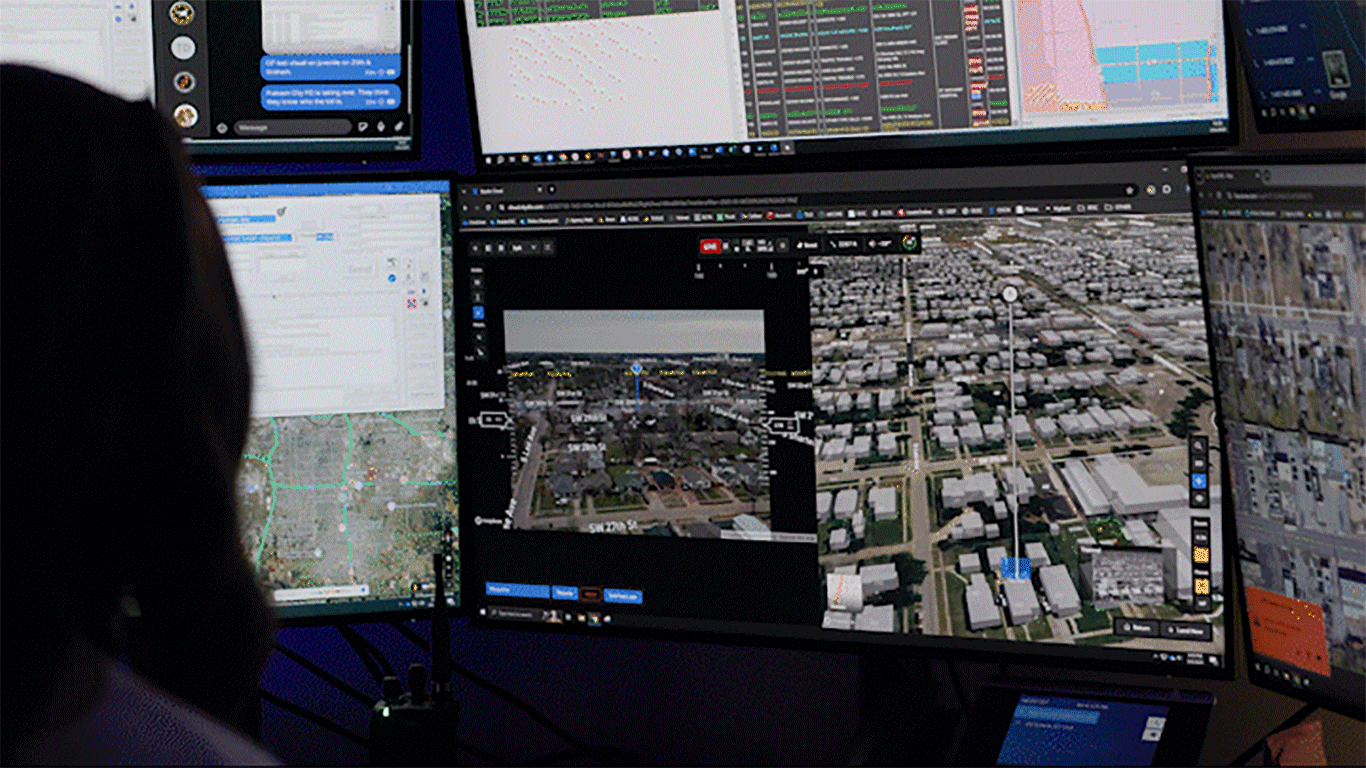
DFR Command
DFR Command is the operating system for drone as first responder. From a single view, remote operators launch and manage Skydio drones, respond to multiple calls, and stream live video to patrol and command through ReadyLink. Integrated with CAD. Manage all your drones in a single interface for simplified fleet management.
Natively integrated
DFR Command natively integrates with the systems agencies already use. From RapidSOS and CAD at dispatch, to live operations through Axon Fusus with body-worn and fleet cameras, to automatic evidence upload into Axon Evidence, every step of the workflow is integrated.
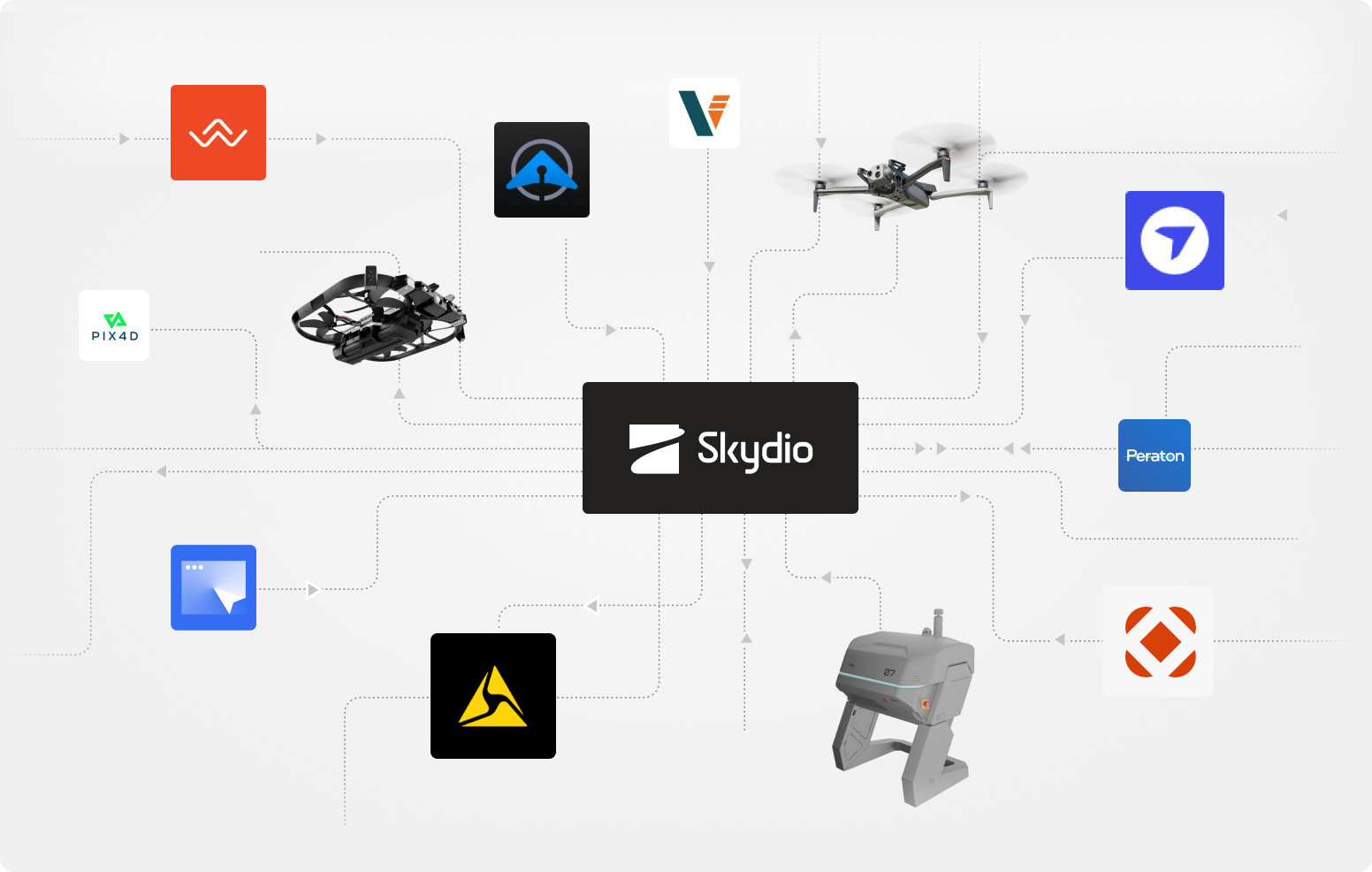
DFR integrations.

Axon Air
Axon Air provides real-time situational awareness, fleet management, and seamless data transfer to Axon Evidence.
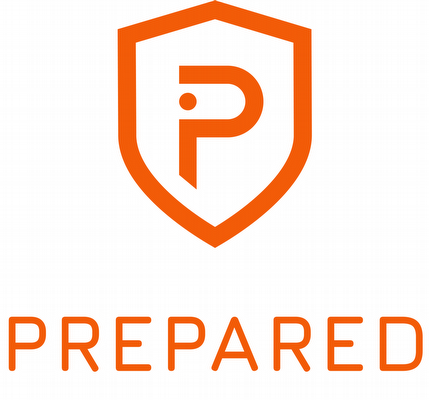
Prepared
Supercharge your agency’s operational efficiency with the transformative power of AI.

RapidSOS
RapidSOS uses HARMONY AI to put critical emergency data directly into your hands.

STRAX Intelligence Group
STRAX® Intelligence Group develops advanced real-time crime center solutions.
Skydio Autonomy—does the flying for you.
Pathfinder
Pathfinder flies the safest and most efficient route, avoiding terrain, buildings, and geofences to get on scene fast.
NightSense
Autonomously avoid obstacles in darkness or low-light environments. Fly 24/7 operations with confidence.
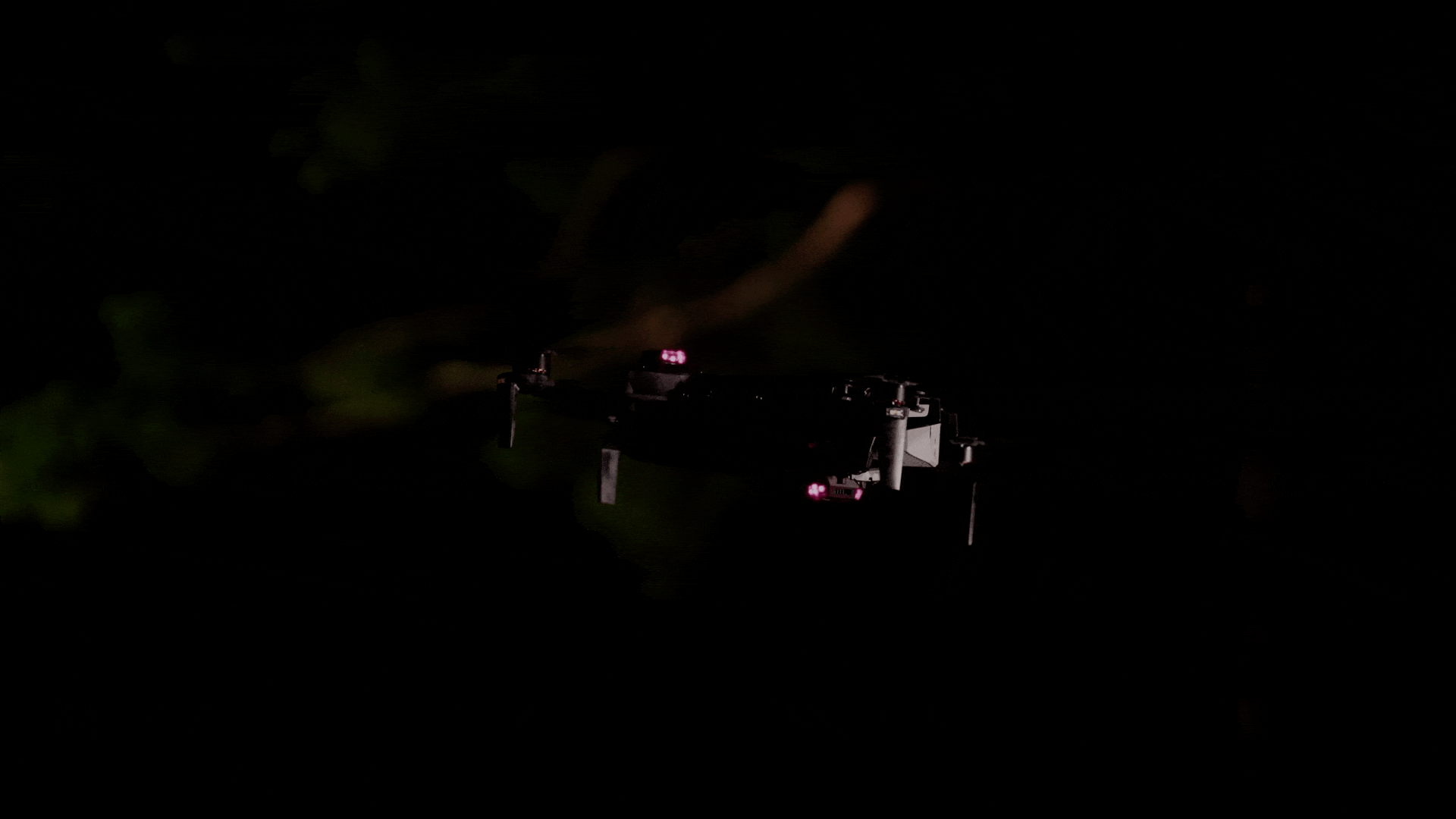
Skydio Connect—fly with limitless range.
Connect Fusion
Fly as far as you need with Skydio Connect Fusion and instantly switch from point-to-point to 5G connections.
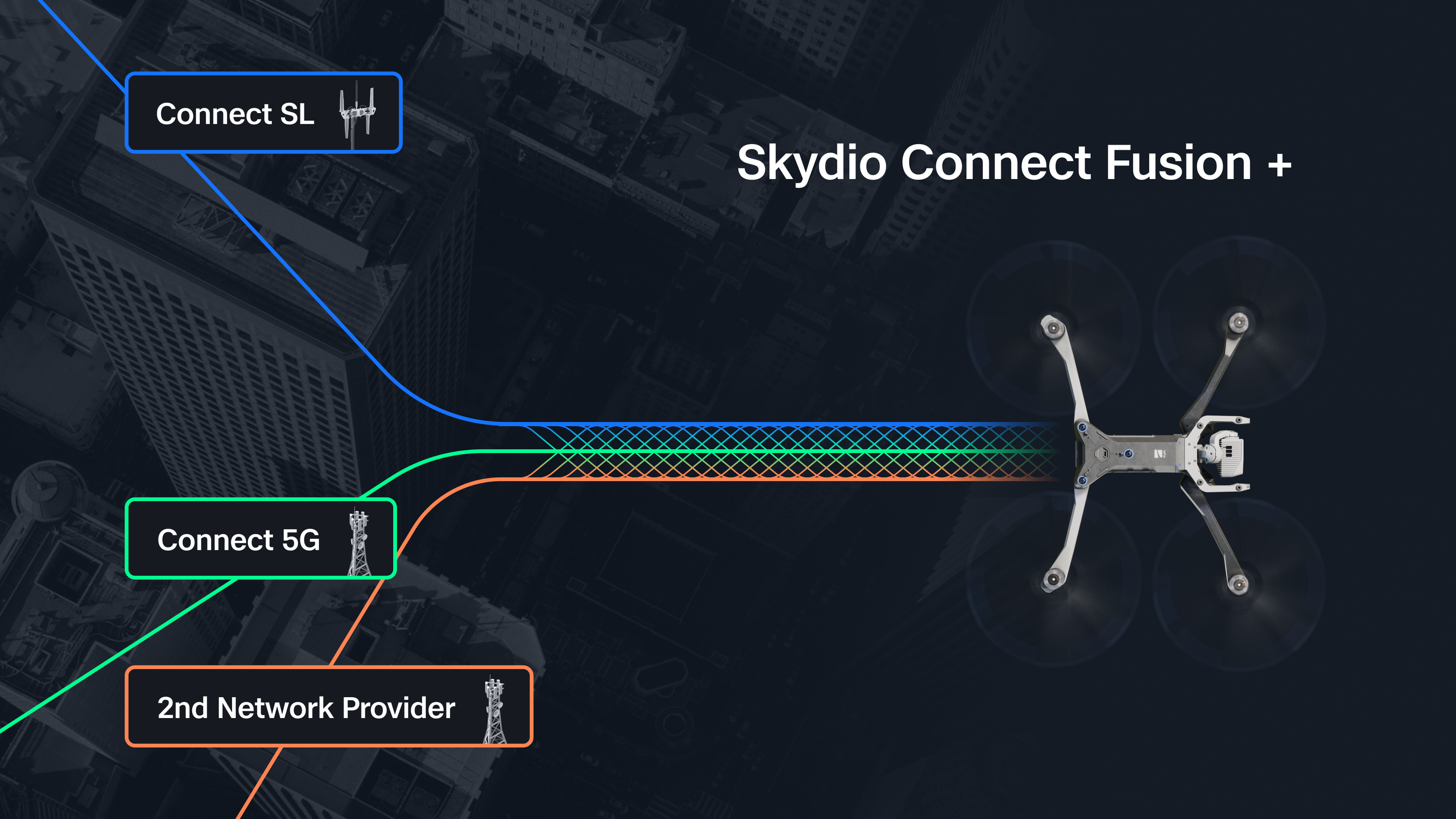
Skydio Connect External Radio
Maximize your point-to-point operational range from the Dock.
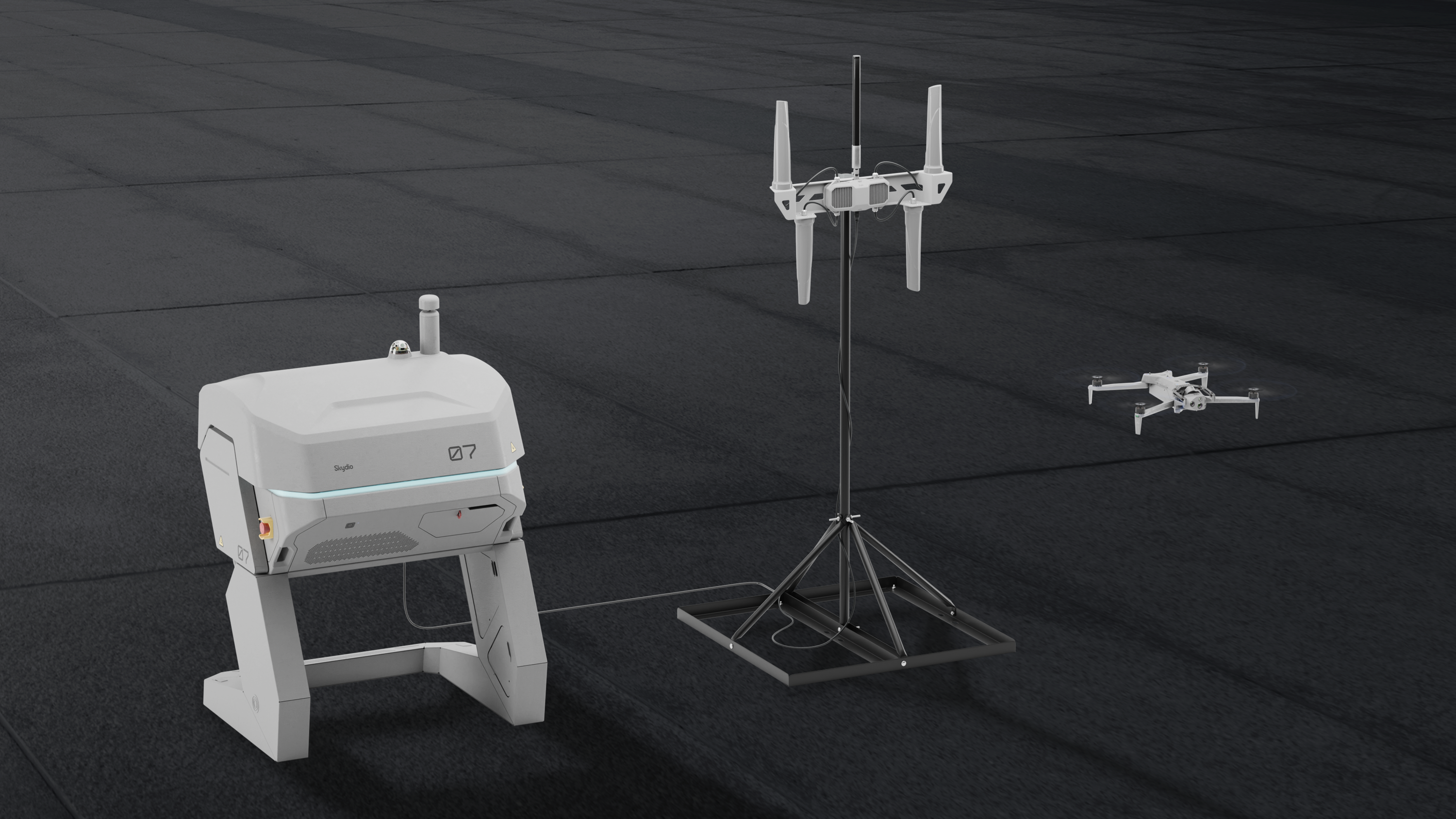
Dedicated support team and expert guidance.
Let us help you build a successful DFR program.
Join a live online demo.
See Skydio DFR in action, as we fly real-time missions in a quick 30-minute small group session.
Fly in Skydio Paraverse.
Get hands on. Fly Dock-based DFR in your own city in our virtual environment, navigating from your browser using DFR Command.
Start building a plan.
Let us help you turn your vision into a plan that provides immediate results and a path to grow.
Learn more about building a DFR program with Skydio.
1 Always fly X10 in compliance with applicable laws and according to the Skydio Safety and Usage Guidelines
2 Remote piloting and continuous live-stream are dependent on cellar network connectivity. BVLOS permit required for remote flight.
